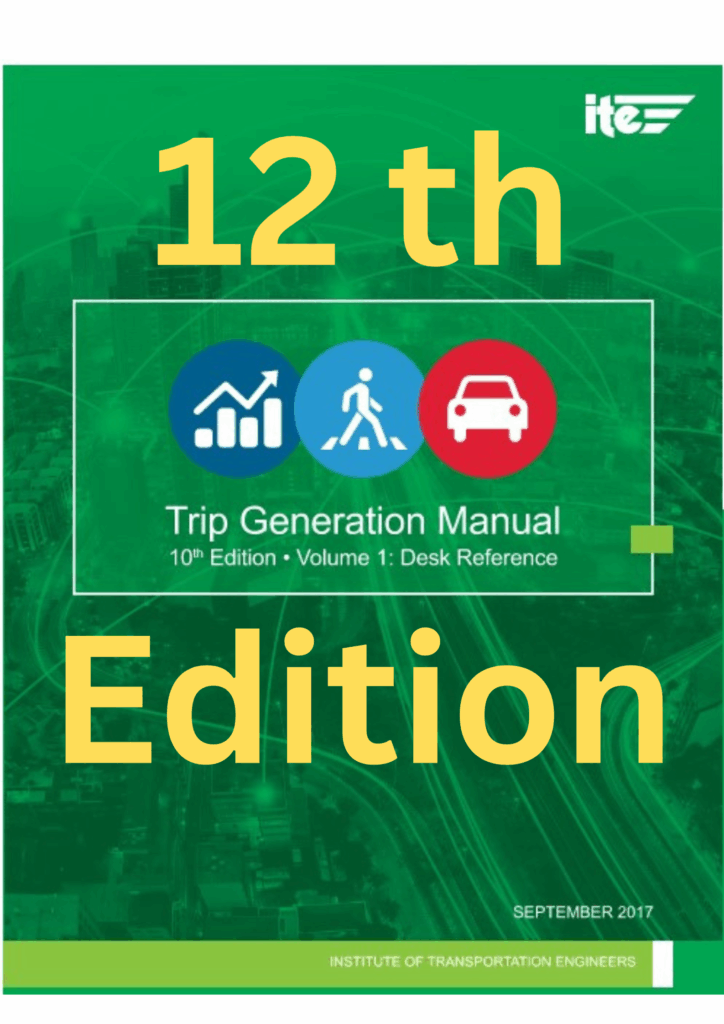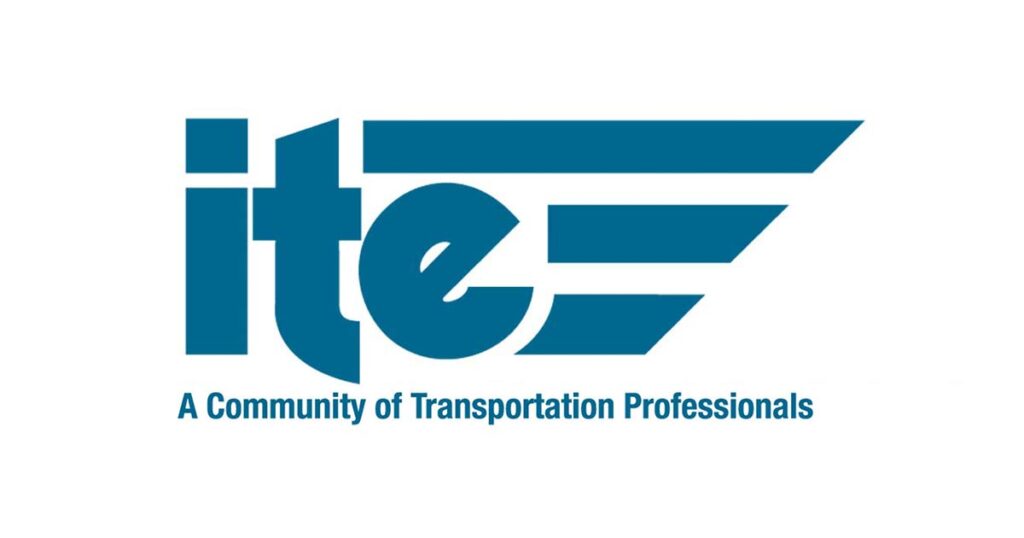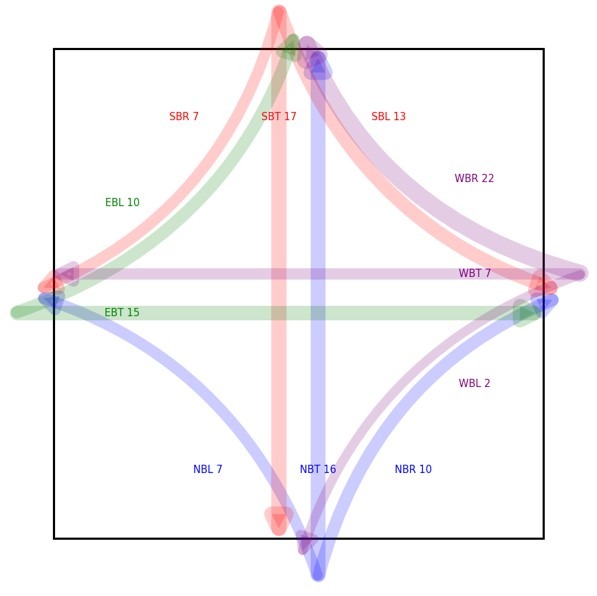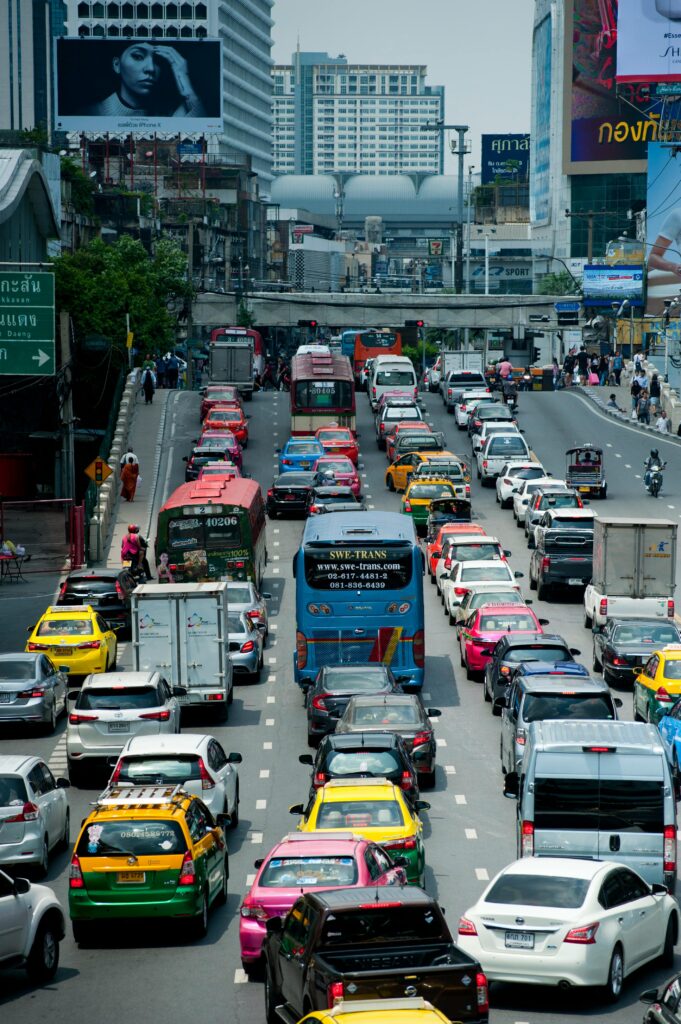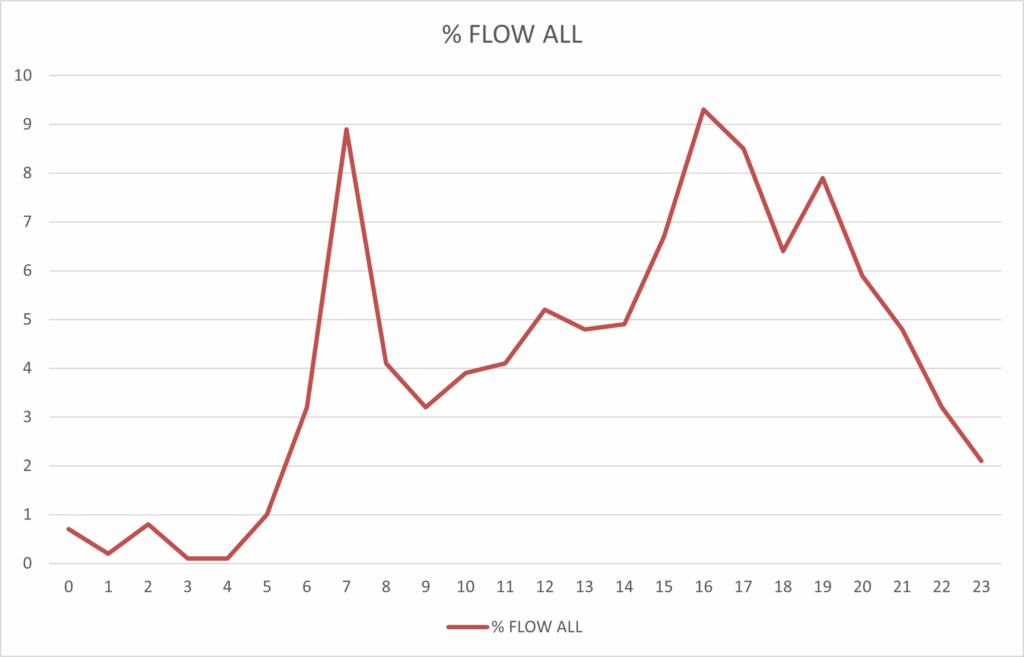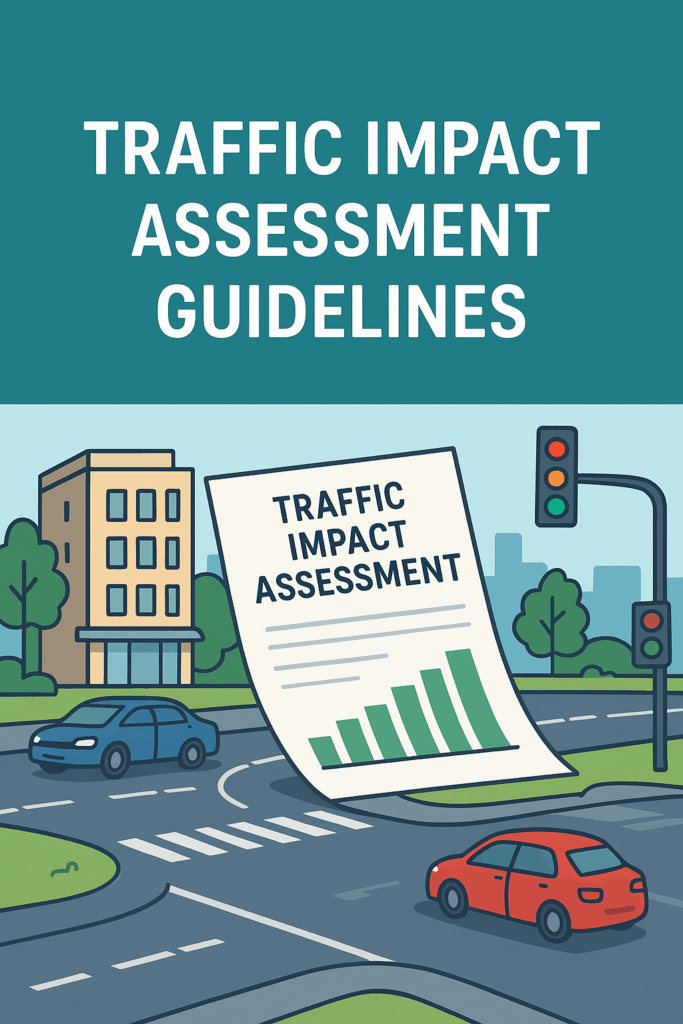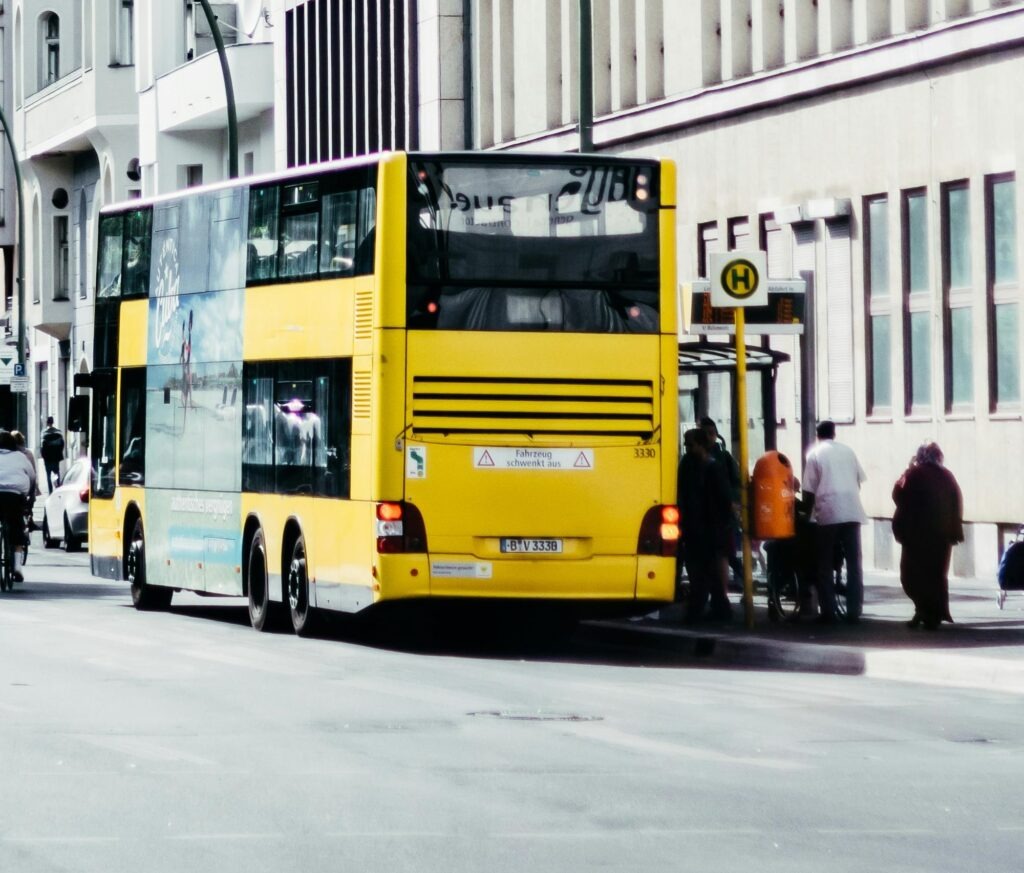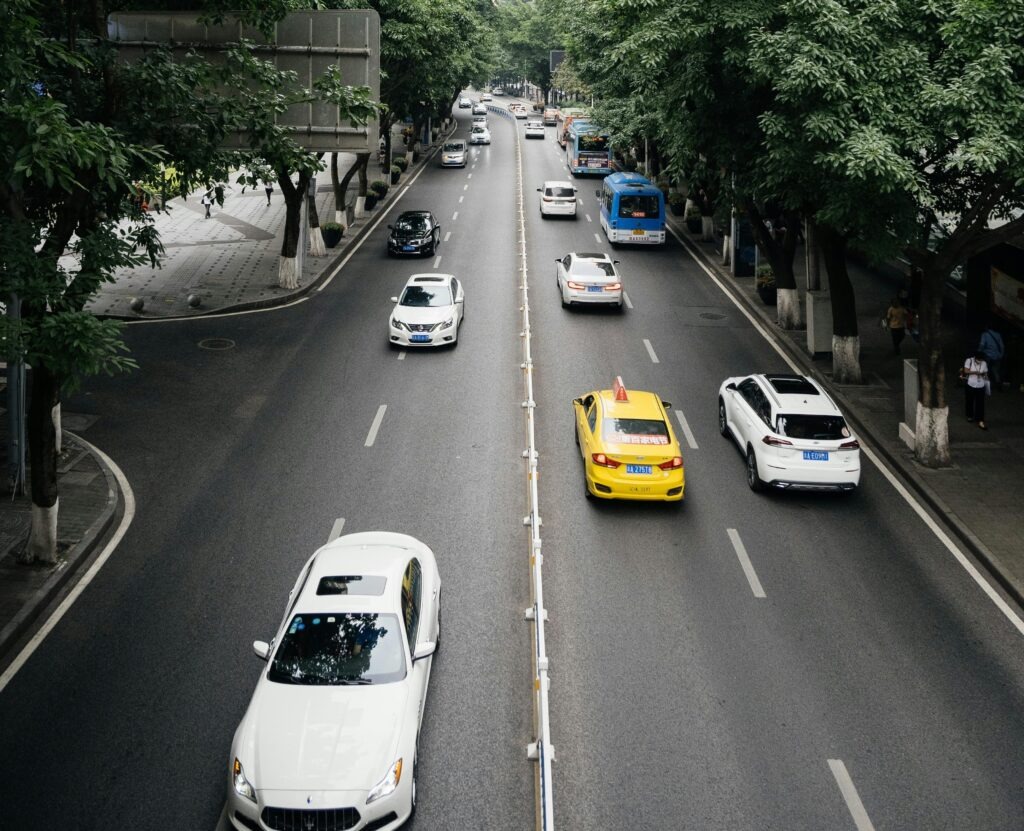Green Time vs Effective Green Time: What’s the Difference?
Signalized intersections are at the heart of urban mobility. To optimize traffic flow, planners and engineers must understand key signal timing concepts—two of the most important being Green Time and Effective Green Time. Although they sound similar, they serve different purposes in capacity analysis and signal design. This post explains both terms, highlights the differences, […]


